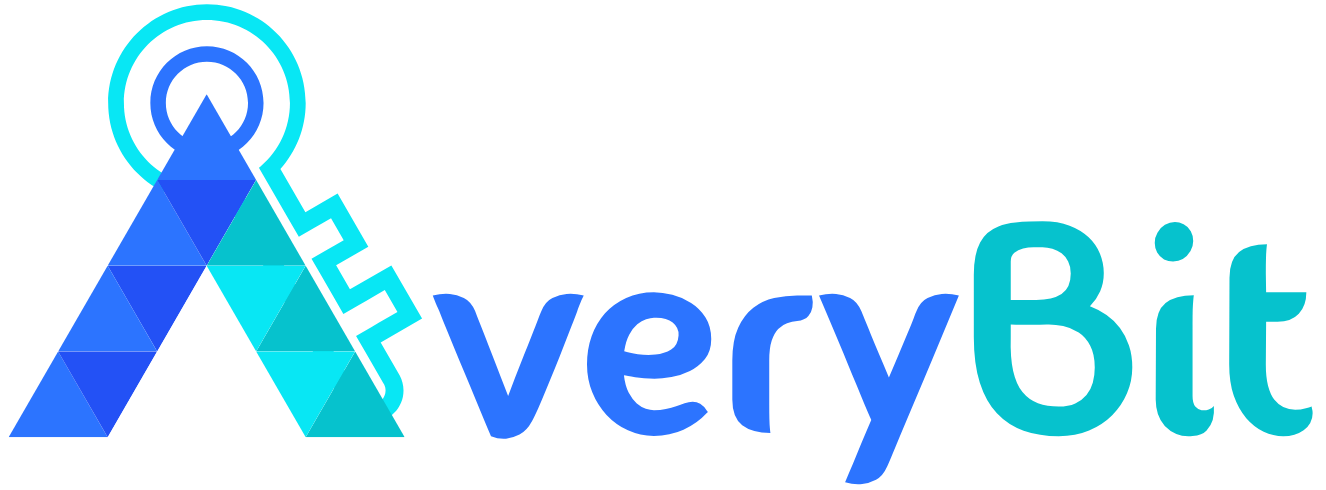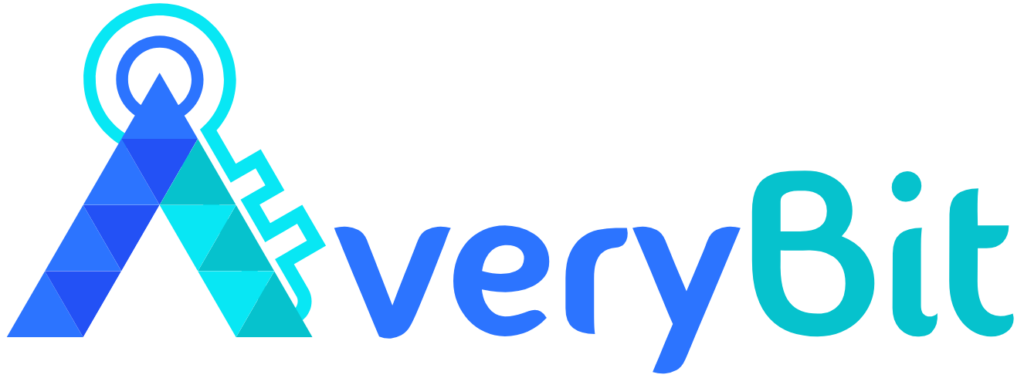In today’s digital age, mobile applications have transformed the way businesses operate, and the insurance industry is no distinct. With the convenience of their smartphones, users can now easily access policy information, claim processing, and customer assistance due to insurance mobile apps. These applications are a potent tool for insurance businesses to improve client engagement, expedite processes, and maintain competitiveness in a market that is changing quickly. We will cover every necessary detail about insurance app development in this post, including its types, features, how to develop insurance mobile apps, and many more. So, let’s get started.
Why Does An Insurance Company Need a Mobile App?
Developing an insurance mobile app solution for your company facilitates rapid and simple communication between insurance firms and customers, streamlining daily operational operations. It is therefore essential for businesses in today’s world to have a mobile app for their insurance company.
This is how it does away with paperwork and automates manual processes: It’s important for users to fully comprehend the product and service before making an insurance policy purchase. An in-app Chatbot offers 24/7 support from an existing insurance agent to handle user requests as they come up, especially for customers who are about to draft a policy. Additionally, you can expedite the deal by offering tailored offers on your insurance products by utilizing consumer behavior analytics.
Types of Insurance Apps
Life insurance app
A life insurance app assists customers with policy management, including policy selection, payment processing, and coverage calculations. You get access to the policy terms, apply online, quick renewal alerts, and 24/7 customer assistance.
Vehicle insurance apps
A vehicle insurance app makes it easier to manage your auto insurance by allowing you to select policies, submit data, and calculate premiums. Users can track claims, review policy conditions, pay premiums via a dedicated gateway, and get renewal alerts.
Property insurance app
Property insurance applications allow users to manage their policies and include features like premium payment, policy selection, and documentation. You can compute coverage limitations, access emergency services, study the terms, and receive notices of renewals and updates.
Health insurance app
Health insurance apps make managing healthcare easier by letting users search for appropriate plans, examine policy details, and handle claims. Safe data sharing, premium payments, real-time policy change notifications, and tools for tracking claims and benefits are a few of the features.
Travel insurance app
Through travel insurance applications, which provide features like online documentation, premium payments, and policy selection, users can choose and pay for travel insurance policies. Users can compute the cost of coverage, file claims, examine the terms of the policy, and receive alerts about travel advisories.
Business insurance app
Business insurance apps simplify the process of managing policies, covering tools for risk management, premium payments, and coverage selection. Users can compute coverage needs, monitor terms, securely communicate data, and get notifications regarding renewals and claims.
Features of an Insurance App
Although some features are common to all insurance platforms, others are more niche-specific. Below is a list of an insurance app’s basic features.
Profile
A profile is the main screen that contains details about the insured person. Name, address, and other personal information are included. The admin panel is another name for this feature sometimes. This page provides you with the most basic information regarding the subject of insurance.
Policy Management
Users can manage their policies, examine all of the accessible policies, and view details of each policy with these features. Users need to be able to create a search by inputting particular keywords for this feature to function as intended. It also allows customers to buy new policies and renew existing ones. They should additionally receive suggested policies based on their customer history.
Filing a claim
The integration of a claims-filing section remains an extremely important stage of insurance web app development. It is no longer necessary to wait several days to file a claim. Whether using the phone’s camera or the app’s scanner, submitting proof should be as easy as clicking a photo. It would be ideal if the full procedure could be completed on one page.
Uploading of Document
This feature, directly related to filing claims, should enable users to upload and manage the necessary documentation for their policies and claims, including identification, policy documents, and claim evidence.
Payment Gateway
Mobile application insurance should have features like a safe, in-app payment mechanism that allows users to buy new policies and make payments without having to use third-party banking apps. Multiple payment methods must be supported by the apps to accommodate a range of user preferences. The user experience will be improved if this function requires fewer tabs. The ideal choice to think about would be automatic payment alternatives. In addition, one-click payment and payment history access ought to be included in this feature.
Notifications and Alerts
Regarding changes to claim status, past-due premiums, renewal reminders, and new policies, users can anticipate receiving prompt alerts and regular notifications.
Customer Support
To stay in contact with insurance companies and their customer support representatives directly from the app, customer support is an important feature. It entails developing a chatbot for live chat, email support, or calls so that customers may get 24/7 help whenever it’s convenient for them.
Multi-language Support
Multiple language support for the app enables non-English speakers to utilize it more comfortably and caters to a varied user base.
How to Build a Mobile Insurance App for Your Business?
It will be necessary to work with a mobile app development company if you plan to create an insurance mobile application. The stages involved in creating a mobile app for insurance are shown below.
Strategy and Planning
The process of developing an app starts with careful planning. Developing a minimal viable product (MVP) to test market viability is a wise strategy. This process entails a product’s steady development and release throughout time. You can work with a mobile app development company to create an MVP for your insurance phone app. Starting with market analysis entails investigating competitors, discovering salient characteristics, figuring out who your target market is and what kind of people they are like, and lastly, keeping up with industry developments. Making a plan will help you develop an MVP more easily.
Design Phase
It is among the essential steps to comprehending the ultimate appearance of the apps. To make the design process better, it’s imperative to keep an eye on the most recent trends in mobile app design. It is always essential to begin by building a prototype that aids in modifying the end-user flow after doing UX research. The development team and app owners will use the prototype as a reference for the entire process of development. At this point, you should anticipate receiving the whole design document together with wireframes, app screens, and clickable, functional app designs. UI mockups will be given to the client by the app development company along with a usability test.
Development and Testing Phase
In this stage, a functioning mobile app will be created using the working UI/UX design that was obtained during the design phase. The frontend and backend programmers work together on this procedure. Additionally, to guarantee delivery on time, it is advised that a project manager supervise the development process and set guidelines to ensure that the developers follow the stringent instructions. This will guarantee that the project stays on track and that all objectives are accomplished within the allotted period. The quality assurance engineers perform many tests to find any potential vulnerabilities in the endpoints and user interfaces following the completion of the frontend and backend development process. The overall security and stability of the application may be guaranteed by these tests.
Deployment and Maintenance Phase
The app is released on the Google Play Store and App Stores once it has been developed and is ready for users. Make sure you take into account end users’ feedback when the insurance app launches and update it quickly. After receiving feedback from early users, you can keep enhancing and refining the app. Great suggestions for enhancing the usefulness and attractiveness of your product can be found in user reviews. Increasing user numbers should be your primary objective since more feedback will enhance the platform and insurance options. This will enable you to keep refining the product in response to user feedback.
How can AveryBit Assist you in Developing Mobile Apps for Insurance?
In the insurance app development industry, collaborating with a reliable and top-tier fintech app development company is paramount. The AveryBit team is always available to address concerns and assist you make your insurance app idea a reality. We have a skilled team of developers ready to assist you in creating insurance apps. Working with our professionals can help you become a top performer and achieve a sleek visual design for your insurance application. Get in touch with us today!














